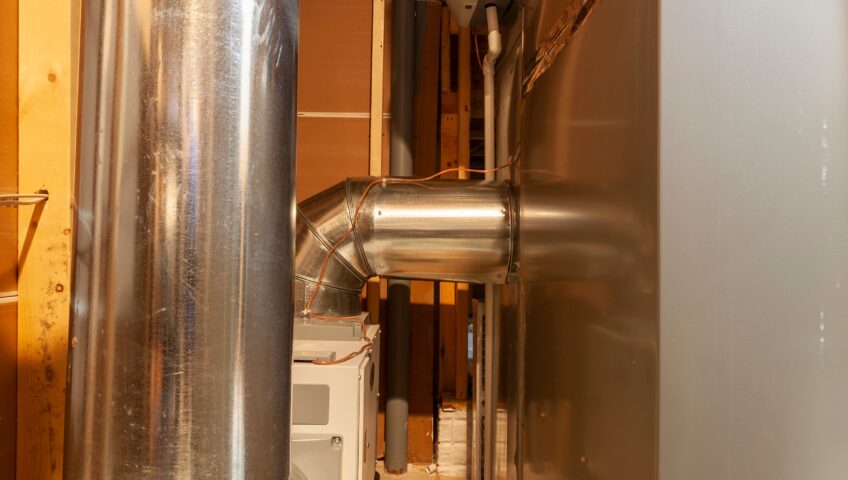A Homeowner’s Guide to Crawl Space Dehumidifiers
Your crawl space allows easy access to electrical wiring and water pipes, but it’s also essential in providing airflow throughout your home. When the air in your crawl space is humid, it can create a whole host of problems that affect the integrity of your home and the health of the people living inside.
A crawl space dehumidifier can eliminate moisture so that mold, mildew, and other harmful substances won’t grow and spread. At Smouse Bros, we’re happy to help you choose the right dehumidifier for your crawl space, and we’ll help with the installation process, too! Let’s look at the many benefits of investing in a crawl space dehumidifier and how they work to keep your space clean and dry.
Signs Your Crawl Space Has Excessive Moisture
Many of the signs of moisture are easy to spot, like unsightly mold or the musty smell of mildew. Other signs may not be as prevalent, but they’re just as likely to cause damage to your home. Here are some clear signs that your crawl space has excessive moisture:
- The presence of mold or mildew
- Carpets that are damp and have an odor
- Higher heating and cooling bills
- A musty smell
- Shingles and roofing materials that deteriorate quickly
- Hardwood flooring that buckles
If you notice any of these signs, it’s best to call the pros for advice so you can eliminate the moisture and clean up the damage quickly.
What Size Dehumidifier Do I Need For My Crawl Space?
Crawl space dehumidifiers come in a range of sizes to accommodate homes with varying coverage areas and the amount of moisture that needs to be removed. Most manufacturers provide the square footage that each dehumidifier can handle, along with the “pints per day” of moisture that can be removed. For example, a dehumidifier may say that it has a water removal capacity of 70 pints per day during typical conditions. According to the experts, typical conditions are 80 degrees F and 60% humidity.
Determine the square footage of your basement and consult a crawl space professional who can help you pick the right size for your space. They will consider your moisture level, your foundation condition, and how sealed your crawl space is to help you select a dehumidifier that’s right for your home.
Can a Dehumidifier Handle All Excessive Moisture in a Crawl Space?
A dehumidifier works extremely efficiently at removing moisture from a tightly sealed crawl space. Problems arise when the space has open vents and spaces that allow outside air to get in. When this happens, moisture will continue to permeate the space, which causes the dehumidifier to work overtime, and it will never be able to keep the space 100% dry. To avoid this, it’s best to cover vents, spaces around pipes, and cracks in the foundation so the crawl space is tightly sealed and moisture-free.
Smouse Bros Offers Comprehensive Crawl Space Services
Is your crawl space showing signs of moisture? Do you see mold or notice a musty smell every time you go inside? Don’t drag your feet and wait for a major problem to appear, like a deteriorated roof or crumbling foundation. Instead, be proactive about moisture removal by purchasing a dehumidifier for your crawl space.
At Smouse Brothers, we’re proud to serve the Nixa, MO, community by offering reliable services and quality workmanship. If you’re interested in learning more about crawl space humidifiers or you’d like to purchase one for your home, contact us online or give us a call at 417-988-8201. We offer free estimates with no obligation, so you can make an informed decision for your home.
Featured Image: grandbrothers / Shutterstock


